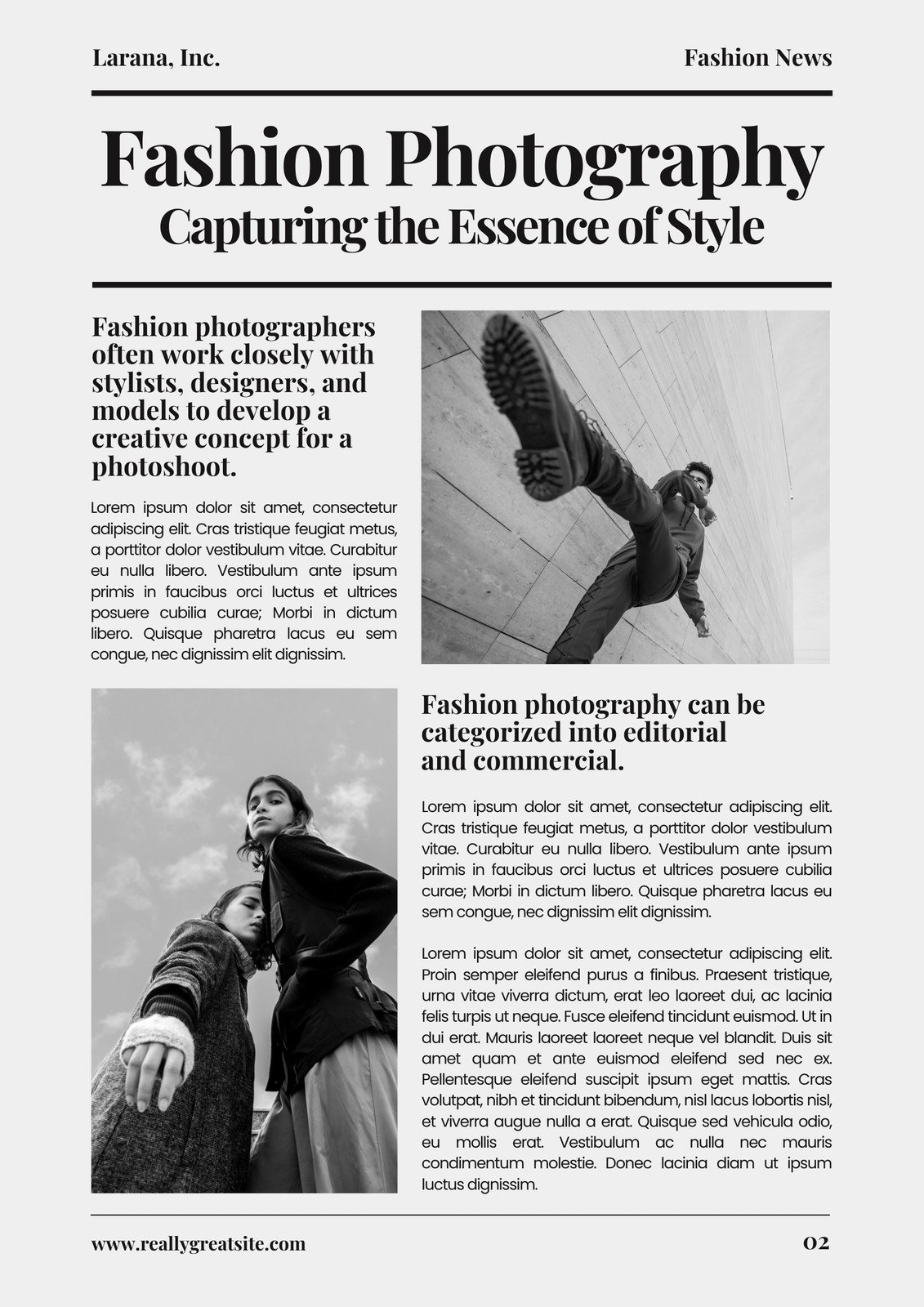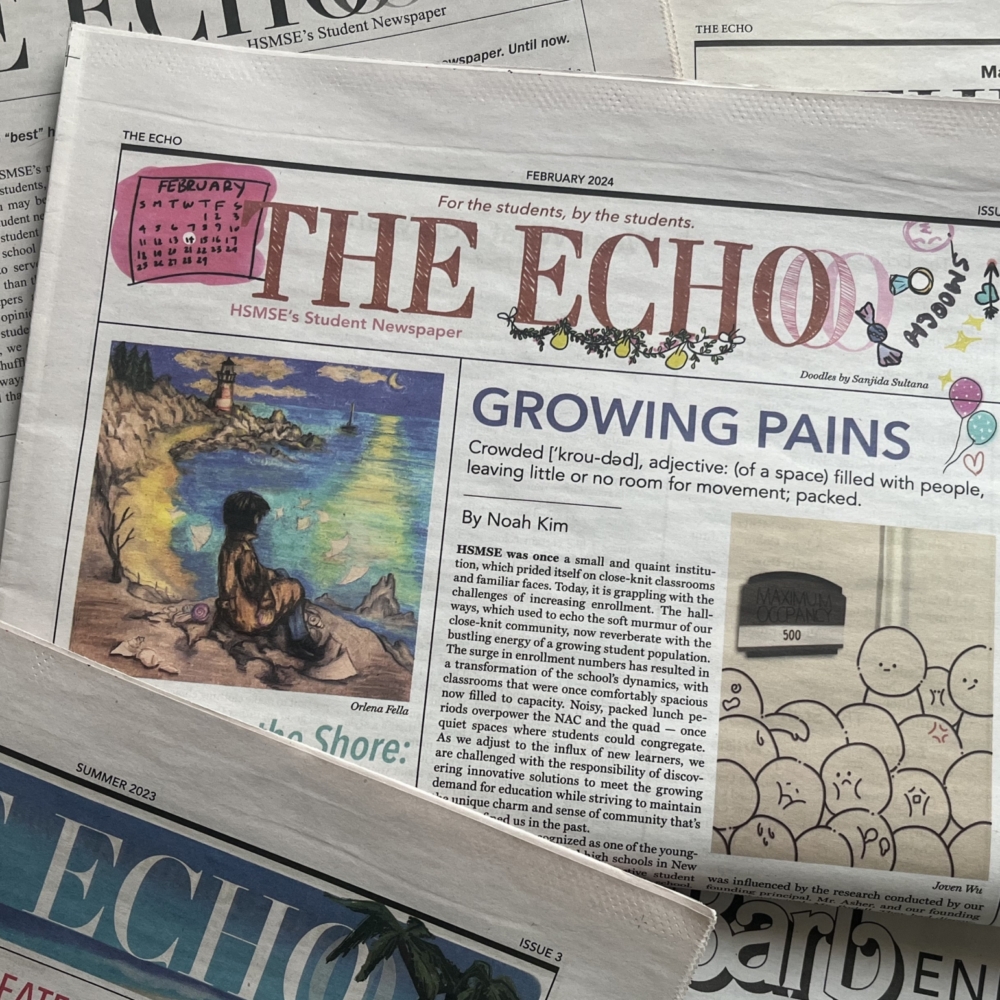Things about News Articles
Table of ContentsNot known Details About News Articles Getting The News Articles To WorkThe 4-Minute Rule for News ArticlesGetting My News Articles To WorkSome Known Incorrect Statements About News Articles
Excellent expertise of different subjects provides trainees a competitive side over their peers. Although digital and social media are conveniently obtainable, we need to not fail to remember just how vital it is to read the papers. Moms and dads must attempt and inculcate the habit of reviewing a newspaper as an everyday regimen to continue the heritage of the revered print medium.Information tales also include at the very least one of the complying with essential characteristics family member to the desired audience: closeness, prominence, timeliness, human interest, peculiarity, or effect.
Within these limitations, news tales also aim to be thorough. Other factors are entailed, some stylistic and some derived from the media type. Amongst the larger and more reputable papers, justness and equilibrium is a significant element in offering information. Discourse is normally confined to a different area, though each paper might have a different general slant.
Newspapers with a global audience, for example, have a tendency to use a much more official style of writing. The details options made by a news electrical outlet's editor or content board are frequently gathered in a style guide; common design overviews consist of the and the US News Design Publication. The major goals of information writing can be summarized by the ABCs of journalism: accuracy, brevity, and clarity.
How News Articles can Save You Time, Stress, and Money.
As a regulation, reporters will not use a long word when a brief one will do. News authors try to stay clear of making use of the very same word more than once in a paragraph (in some cases called an "resemble" or "word mirror").
Nonetheless, headings sometimes leave out the subject (e.g., "Jumps From Boat, Catches in Wheel") or verb (e.g., "Feline woman fortunate"). A subhead (likewise subhed, sub-headline, subheading, subtitle, deck or dek) can be either a subservient title under the primary heading, or the heading of a subsection of the article. It is a heading that comes before the main text, or a group of paragraphs of the major message.
of a post subject, informant, or interviewee), it is referred to as a drawn quote or pull quote. Additional signboards of any of these kinds may appear later on in the article (specifically on succeeding web pages) to attract further reading. Journalistic sites sometimes use computer animation techniques to exchange one signboard for an additional (e.g.
The Greatest Guide To News Articles
Such signboards are additionally used as Get the facts pointers to the article in other sections of the publication or website, or as ads for the piece in other magazine or sites. Press launch of the Swiss federal government. Normal framework with title, lead paragraph (summary in bold), other paragraphs (information) and contact information.

Example of a hard-lead paragraph NASA is suggesting another space task. The budget requests about $10 billion for the project.
An "off-lead" is the second most essential front page information of the day. To "hide the lead" is to start the article with history information or information of secondary value to the visitors, requiring them to check out even more deeply right into a post than they should have to in order to uncover the important points.
The 5-Second Trick For News Articles
Usual usage is that one or 2 sentences each develop their own paragraph. Reporters typically explain the company or structure of a news story as an upside down pyramid. The vital and most fascinating components of a tale are put at the start, with supporting info complying with in order of decreasing value.
It allows individuals to discover a topic to just the depth that their interest takes them, and without the charge of information or subtleties that they could consider unnecessary, but still making that details available to extra interested visitors. The upside down pyramid structure likewise makes it possible for short articles to be cut to any kind of arbitrary length during format, to suit the area offered.
Some authors begin their tales with the "1-2-3 lead", yet there are lots of kinds of lead readily available. A kicker can refer to numerous points: The last tale in the news broadcast; a "happy" story to end the show.
Longer short articles, such as magazine Clicking Here cover articles and the pieces that lead the within areas of a paper, are known as. Feature tales vary from straight news in a number of means.
Indicators on News Articles You Should Know
An attribute's first paragraphs frequently relate an interesting minute or event, as in an "unscientific lead". From the details of a person or episode, its view promptly widens to generalizations concerning the tale's topic.

The Editor's Toolbox: A Reference Guide for Beginners and Professionals (2001) Allan M. Siegal and William G. Connolly. The New York Times Handbook of Design and Usage: The Authorities Style Guide Used by the Writers and Editors of the World's The majority of Authoritative Paper (2002) M. L. Stein, Susan Paterno, and R.